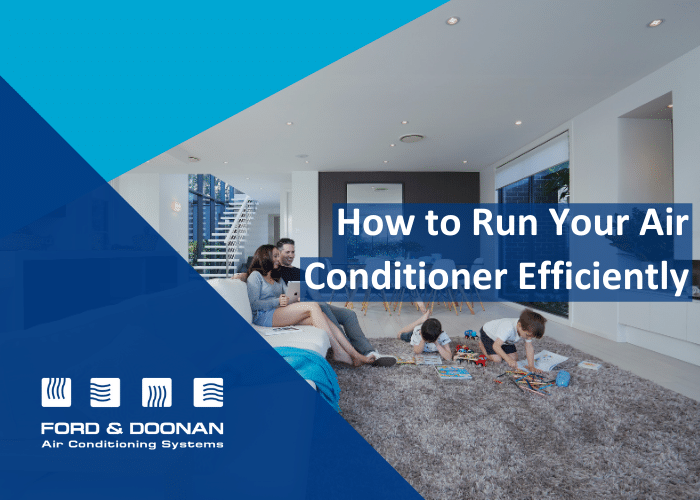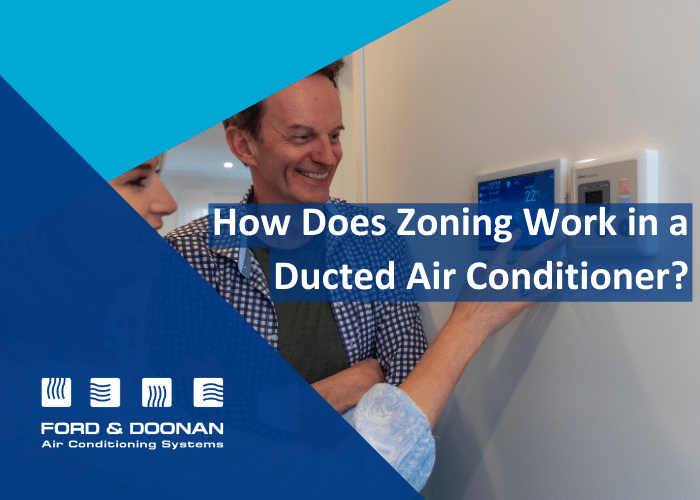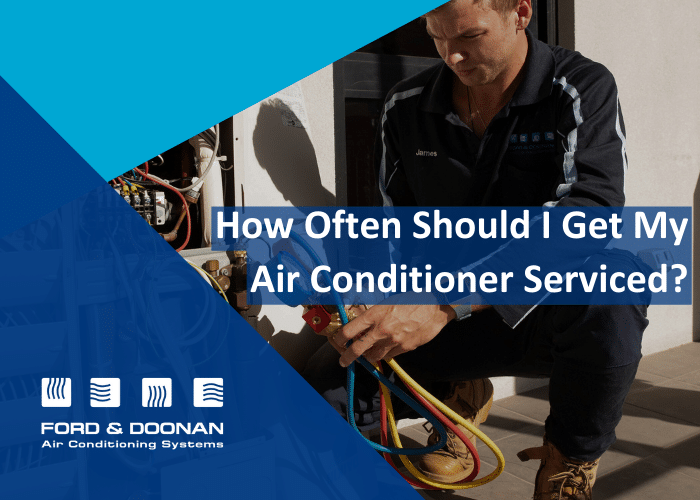Jackson Sciano
Senior Technician
Having worked in the field for over 14 years, I’ve encountered many misconceptions that people often hold about how air conditioner’s function and how to run them efficiently. In today’s rapidly evolving technological world, where consumers are gaining greater control over their systems, understanding the correct ways to operate your air conditioner has never been more important. In this article, we will be looking at how to effectively operate your air conditioning system to reduce running cost and increase longevity.
The Importance of Filter Maintenance
First things first, the filter! Located in the return air, the filter is designed to remove dust and dirt from the air as it passes through the evaporator or indoor unit. This is a crucial piece of equipment as it plays a pivotal role in preventing blocked coils and improving air quality of higher-grade filters. Regular filter checks, preferably before the beginning of summer and winter, are highly recommended. Neglecting this step can cause the filter to become blocked, leading to a range of issues such as reduced airflow, poor temperature sensing, added running costs, decreased indoor fan motor lifespan, prolonged outdoor unit operation, increased running cost, and even worse, compressor failure. The importance of maintaining a clean filter cannot be overstated when it comes to running your air conditioning system efficiently.
Optimising the Setpoint Temperature
Another important factor for running your air conditioner, saving running costs and increasing system life is setting the correct temperature. The temperature displayed on the controller represents the desired room temperature you are trying to achieve. This point often becomes a source of confusion, as some people misconstrue it to be the actual temperature of the air being emitted during cooling or heating. This is when we often encounter clients running systems on 18 degrees for cooling or 30 degrees for heating. Running your air conditioner at these temperatures will experientially increase running costs and decrease longevity.
So… what temperature should I run my air conditioner at?
Aim for 22-24 degrees for both cooling and heating. The main factor that you want to pay attention to with your setpoint is an achievable temperature. Your room temperature should match the controller temperature, and the outdoor unit should cycle off regularly. Achieving a satisfactory room temperature while allowing the outdoor unit to stop frequently indicates an effective setpoint temperature. This will reduce running costs, lower equipment operating times, and increase longevity of components. In some cases, you may need to adjust your temperature a degree or two outside of the range. This can be due to house design, layout and/or return air location.
Now after all of that you might be asking yourself, where does the system take its readings from? Based on standard factory setting, the system senses temperature from the return air where your filter is located. Keeping in mind where your return air is located can help drastically to reach desired temperature and reduce running costs. It is important that the air from the outlet makes its way back to the return air. Not enough zones, a blocked filter or closed doors are some of the restrictions that can cause prolonged running and poor sensing.
Mastering Fan Speed for Efficiency
To further help reach desired temperature, let’s look at fan speed. With high ceilings and large zone areas being used, increasing fan speed can enhance air circulation. However, be mindful of what you set your fan speed to. If you can hear air rushing out of the outlet accompanied by a flicker sound, there is too much air volume to that outlet. If this happens, either increase the number of zones or percentages, or switch to medium or low fan speed. The optimal fan speed, whether low or high, hinges on personal preference and noise tolerance.
With greater control comes greater responsibility
As mentioned earlier, over the years consumers have been given greater control of their air conditioning systems. In previous years, zoning setups offered limited control, often restricted to simple on/off switches. As technology has advanced, we can now control the zones in percentages from the touch pad or even from our mobile phones! However, users must be aware of the impact of air volume when attempting to reach a desired temperature. A common issue that often arises is when insufficient airflow occurs due to excessive zone restrictions from the zone controller. This causes the system to run for extended hours as not enough airflow is getting back to the return air. Maintaining adequate airflow is essential for achieving setpoint temperatures and overall system efficiency. Be mindful of your air volume and make sure there is an adequate amount of air to target the temperature loads required to achieve your setpoint.
Stay tuned for an upcoming article delving into zoning control. This complex subject warrants an in-depth discussion, especially considering its challenges in certain house designs and layouts.
In conclusion
By adhering to these straightforward yet impactful guidelines, you can master the art of efficiently running your air conditioner. Regular filter maintenance, accurate temperature settings, informed fan speed choices, vigilant zone control, and scheduled maintenance with a Ford & Doonan service technician creates the foundation of an efficiently performing air conditioning system.
Jackson
Senior Technician
Ford & Doonan Service Department








